
Some breeds don’t ease their way into old age. They basically sprint toward it like they’re competing in some tragic Olympics. Owners see a young, energetic dog and assume they’ll stay that way for a decade. Then one morning, the jump is gone, the spark is dimmer, and reality shows up with zero warning. These breeds are the ones that age faster, slow down sooner, and break hearts in record time.
Great Dane
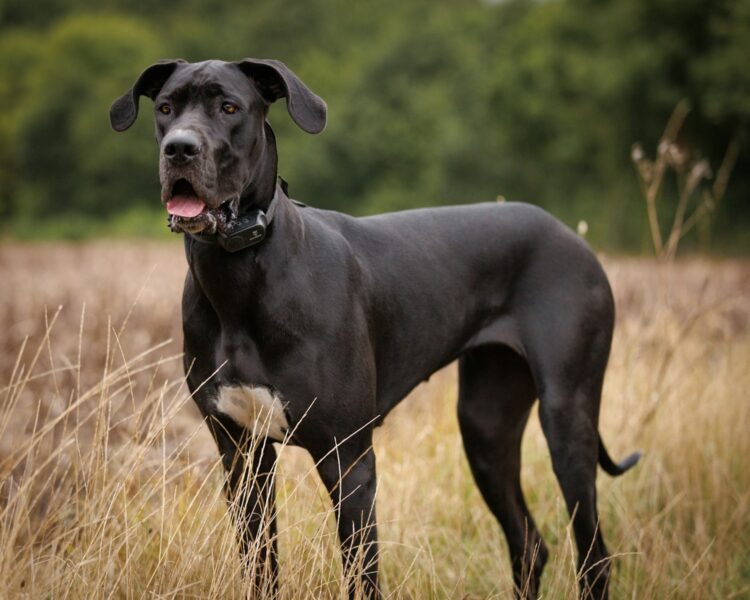
Great Danes grow big fast and decline just as quickly. They reach full size by their first birthday and start showing senior signs shockingly early. By age five or six, many Danes begin slowing down, struggling with stairs, or refusing long walks. Their joints carry too much weight, their hearts work overtime, and their lifespan is heartbreakingly short. Owners often feel like they only get a handful of good years before everything changes.
Bernese Mountain Dog

Berners look like walking teddy bears, which makes their rapid decline feel even more unfair. This breed is genetically prone to cancers and immune problems, and once symptoms appear, they progress with ruthless speed. Many Berners go from energetic playmates to tired, stiff, and withdrawn in what feels like months. Families who thought they had a decade get half of that, and it’s devastating every single time.
Boxer

Boxers are goofy, joyful, and full of enthusiasm… until they suddenly aren’t. Their decline often sneaks up because they hide discomfort and push through pain. Heart issues, tumors, and mobility problems can appear quickly. One week, they’re bouncing around, and the next, they’re resting more and struggling to keep up. Their emotional sensitivity makes the physical decline even more noticeable.
Doberman Pinscher

Dobermans look invincible, but their hearts betray them early. Dilated cardiomyopathy is common, and many Dobermans show no signs until the disease is already advanced. Their decline often feels abrupt: coughing, fatigue, or fainting appear seemingly overnight. Owners go from daily runs to gentle, careful walks in a shockingly short time.
Irish Wolfhound
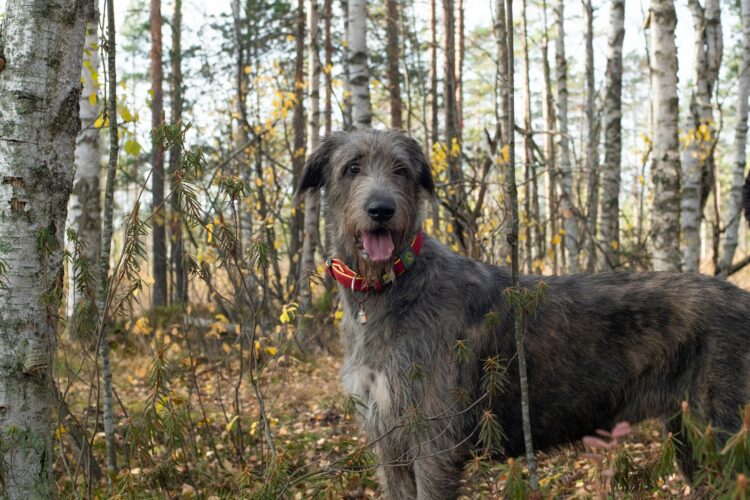
Wolfhounds age like they’re living life on fast-forward. They grow rapidly, hit adulthood early, and start declining long before most medium breeds even slow down. Joint problems, heart conditions, and general fatigue creep in by age five or six. Owners barely have time to enjoy their adult years before the senior stage begins.
Rottweiler
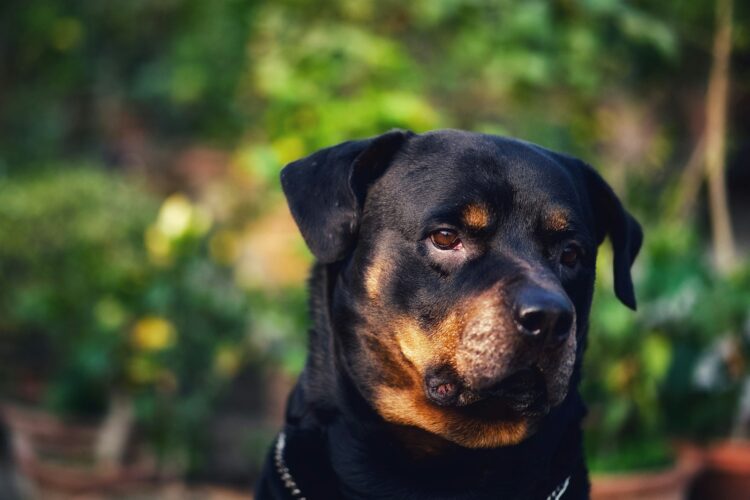
Rottweilers look powerful for most of their lives, which makes their decline feel especially sudden. Their back legs often weaken first due to arthritis or nerve issues. Many Rotts go from confident moving machines to careful, shaky walkers in a short span. Bone cancer is also a known risk, accelerating the decline dramatically.
Golden Retriever

Goldens age emotionally and physically faster than people expect. Cancer is heartbreakingly common, and their friendly nature means they hide pain until it becomes severe. Owners often only realize something is wrong when the changes are already advanced. A once eager, wagging companion becomes tired, slower, and oddly quiet far too soon.
German Shepherd
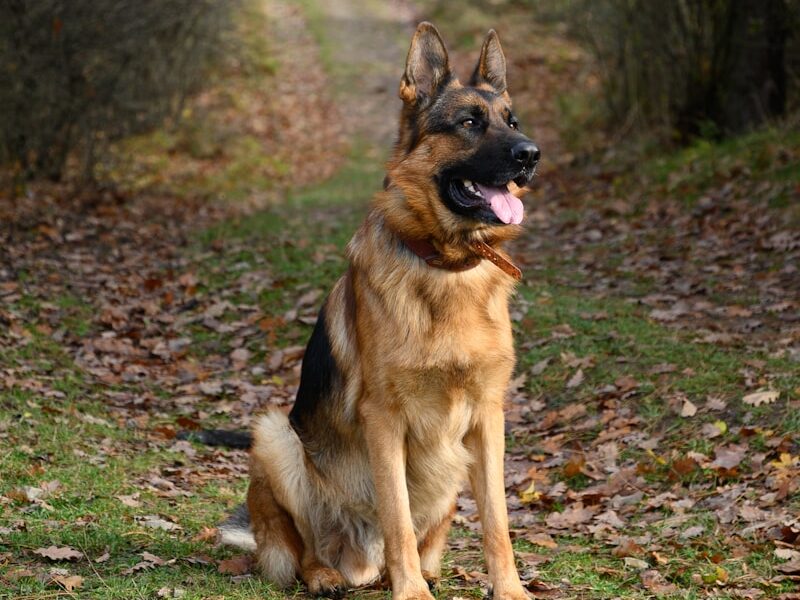
German Shepherds tend to enter their senior years earlier than owners expect due to hip dysplasia, spinal issues, and arthritis. Their decline is a slow slide at first, then a rapid one. They struggle with stairs, lose muscle tone in their hind legs, and develop stiffness that comes on fast. Their intense loyalty makes every small decline feel huge.
Cocker Spaniel
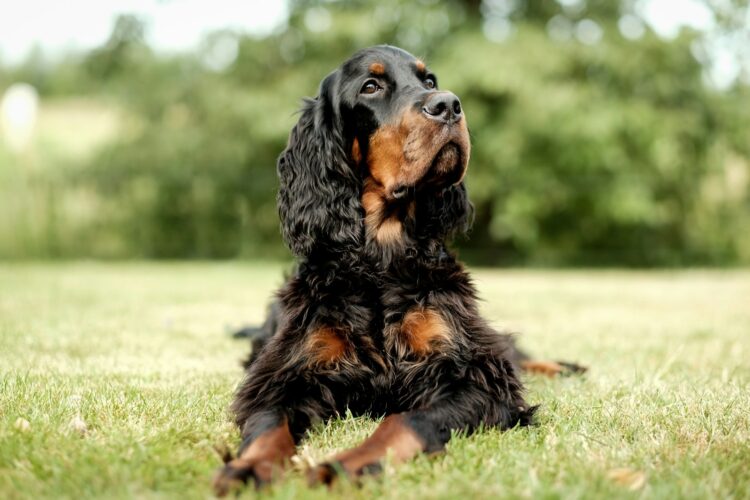
Despite their small size, Cockers age unexpectedly quickly. Eye conditions, chronic ear infections, and heart problems pile up over time. Their cheerful personality masks discomfort until they suddenly seem tired, anxious, or less playful. Owners often don’t notice the changes until the decline is already well underway.
Mastiff
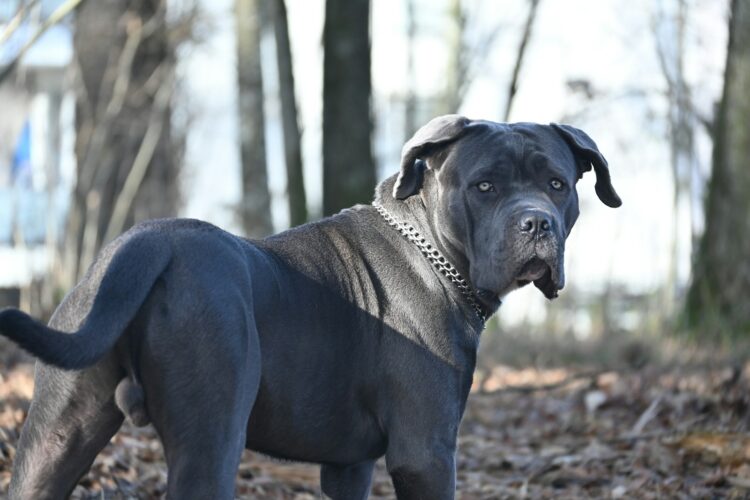
Mastiffs hit old age early simply because their bodies work harder than most breeds. Their growth rate is extreme, and the toll it takes on their joints becomes clear by middle age. Mobility declines fast, breathing becomes harder, and daily activities require more effort. The size that once made them impressive becomes the reason aging hits so hard.
Cavalier King Charles Spaniel

Cavaliers often develop heart disease earlier than expected, and once it begins, the decline can accelerate quickly. Breathing changes, coughing, and fatigue arrive quietly at first, then rapidly intensify. Owners who see a lively, affectionate dog one month may see a suddenly frail one the next. Their sweetness makes each change feel personal.
Labrador Retriever
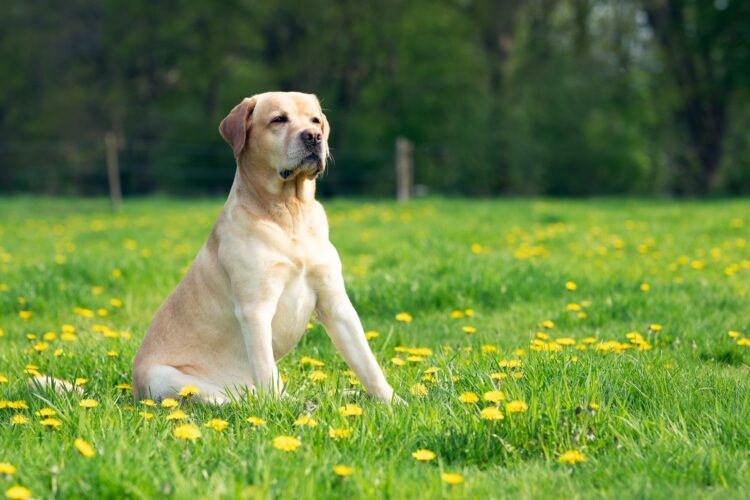
Labs love food and activity, but their joints, weight, and genetics eventually catch up with them. Arthritis, ACL tears, and cancers appear earlier than many owners expect. The dog who once sprinted for tennis balls may struggle to stand up seemingly overnight. Labs age quietly at first, then all at once.
Bulldog
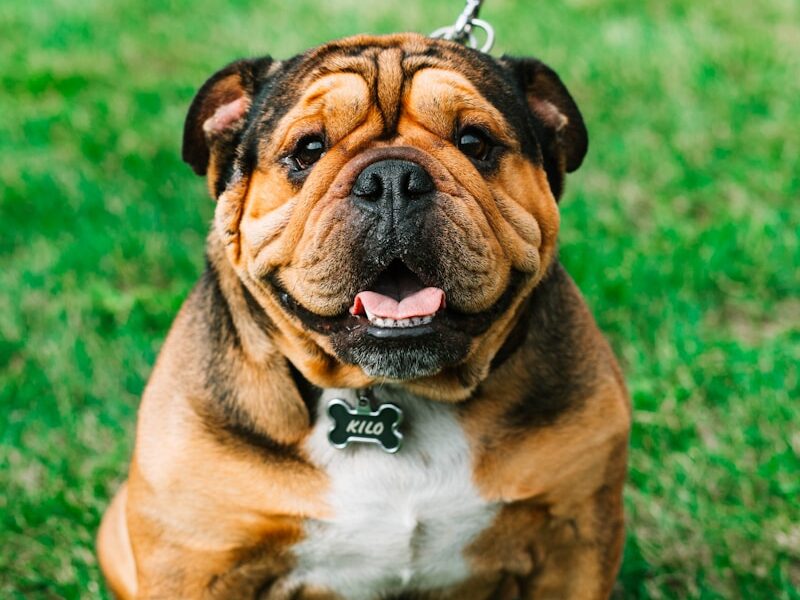
Bulldogs age quickly because their bodies simply weren’t designed for longevity. Breathing difficulties, skin problems, and joint issues get worse with age, often making their decline visible early. Many owners mistake the slower pace for laziness, not realizing that middle age hits Bulldogs harder and earlier than most breeds.
Saint Bernard
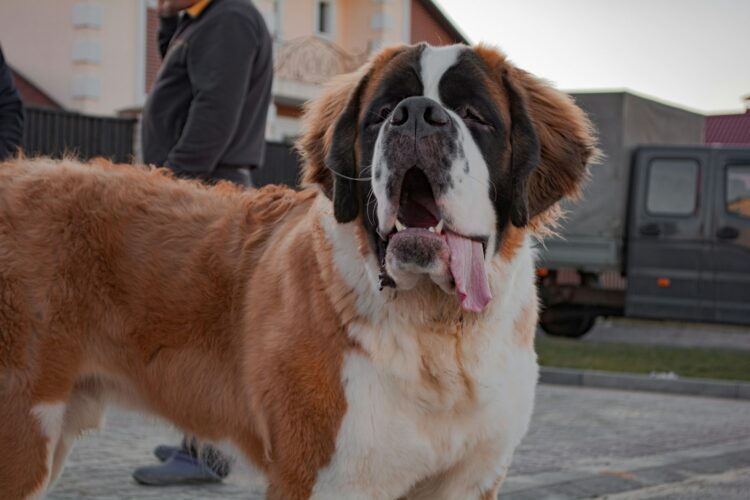
Saint Bernards have a warm, gentle presence, but their bodies struggle to support their massive size. Hip and elbow problems show up early, and their energy dips fast. By the time they reach middle age, many move carefully, nap more often, and show signs of stiffness. Their sweetness makes the decline feel painfully unfair.
Weimaraner

Weimaraners age in emotional and physical ways that surprise people. Anxiety increases, stamina decreases, and health issues like bloat, tumors, or neurological problems appear without much warning. They go from high-energy shadow dogs to cautious, slower companions in a short span. The shift is noticeable, sudden, and difficult for owners to process.

